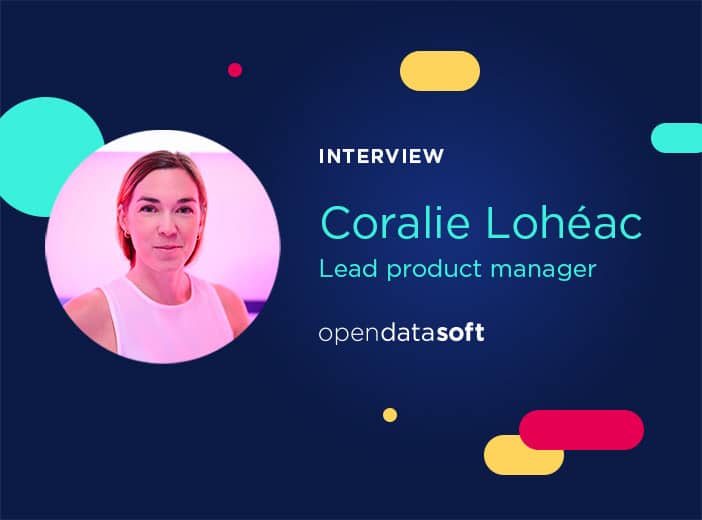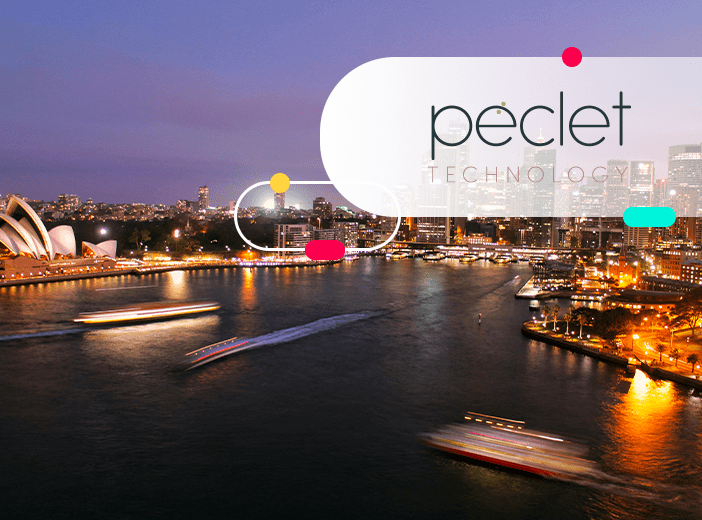Glossary
Internet of Things (IoT)
The Internet of Things (IoT) is a network of physical sensors that monitor variables and connect and exchange this data through the internet.
What is the Internet of Things (IoT)?
The Internet of Things (IoT) allows organizations to better understand their operations and environment by connecting physical sensors to the Internet.
Traditionally, access to the internet was limited to computers, smartphones and people. Today, billions of objects are connected to it: everything from fridges, watches, industrial machines, light bulbs, vehicles, and sensors.
These smart objects are equipped with embedded chips and sensors that are directly connected to the internet. This allows them to automatically transmit information via the cloud, sharing it with people and organizations. For example:
- your heart rate can be recorded on a connected watch
- water quality in a river or pipe can be analyzed in real-time through a probe
- the temperature and weather in an area can be measured
- the number of people passing a particular spot can be recorded
Smart objects include everyday devices (home automation, smart meters, fitness watches, etc.) as well as medical equipment, agricultural machinery, supply chain sensors, industrial robots or traffic lights.
The Internet of Things (IoT) and data
The purpose of IoT connected devices is to collect and share information in real-time. Given the number of IoT devices within networks, such as a smart city, and the amount of data each creates, data volumes quickly become extremely large.
The amount of data created also increases as technologies evolve and monitor new environmental conditions. This data is precious. It can be used and reused by all citizens, organizations and consumers through open data portals.
IoT devices thus contribute to both monitoring the world around us, and enable the creation of new services. To achieve these goals the data collected must be easily and securely accessible.
6 examples of Internet of Things (IoT) applications
The Internet of Things is everywhere. And yet, the usefulness of these technologies is not always perceived by citizens. Here are some examples of applications enabled by IoT.
Creating smart cities
Local authorities are increasingly using connected objects to improve their services to citizens. Here are some examples:
- Resource analysis: IoT sensors are essential for analyzing water quality, building energy performance and heat zones within cities.
- Waste management: IoT sensors are helping to better manage waste. For example, smart garbage cans send alerts to cleaning services when they are full.
Making people’s daily lives easier
Smart home applications are becoming more and more mainstream, as people install appliances equipped with intelligent sensors.
For example, a heater that only turns on when the temperature reaches a certain threshold, a surveillance camera that sends an alert when there are suspicious movements outside, a refrigerator that warns when the expiration date of food is approaching or a smart speaker that reminds you of appointments.
Analyze industrial production
Today, almost all industrial equipment is connected through the Industrial Internet of Things (IoT). Thanks to sensors on machinery, managers can analyze the state of production on a real-time, daily, weekly, or monthly basis. This makes it possible to understand productivity and to analyze possible failures (whether human or technical).
Optimize energy management
Smart meters and other sensors can provide real-time information on how much energy is being consumed, the cost of this, temperatures around a building and even automatically switch off lights to save power.
They can transmit information about current, past and desired consumption as well as being an excellent indicator of a building’s energy performance.
Health
As well as fitness trackers, more complex healthcare IoT applications include embedded sensors, such as those fitted to those with heart problems. Through connected devices, medical data can be sent directly to doctors in real-time, enabling them to remotely analyze the health status of patients. This eliminates the need to visit cardiologists for a routine consultation.
Opendatasoft helps organizations turn their IoT information into valuable data. Through our platform, it is possible to visualize, understand, analyze and share IoT information on data portals, wherever it has been collected from. Use cases include:
- Sharing information on environmental conditions with the general public
- Meeting regulatory needs, such as by collecting and sharing air or water quality data
- Making the lives of citizens easier, such as by giving information on traffic conditions or free parking spaces.
Learn more

Blog
From data chaos to data products: Big Data LDN
Maximizing value from data is a key objective for organizations looking to improve performance, boost innovation, and increase efficiency. In the run up to Big Data LDN we explain the importance of data products and data product marketplaces to delivering data value.

Blog
Data virtualization: securely share your data on your marketplace, without duplicating or moving it
Data virtualization transforms the way organizations share and use their data. It allows data from external sources to be explored and consumed securely, without the need for duplication. In this article, Coralie Lohéac, Lead Product Manager at Opendatasoft, explains how deploying data virtualization within a data marketplace opens up new perspectives for data sharing and value creation within organizations.

Blog
Transforming public data into value – lessons from Australia
Cities and municipalities create huge volumes of data - but ensuring it is used effectively by every department to engage stakeholders and build trust can be difficult. Using real-world examples from a new ebook published by our partner Peclet, we explain how municipalities can truly turn data into value.
